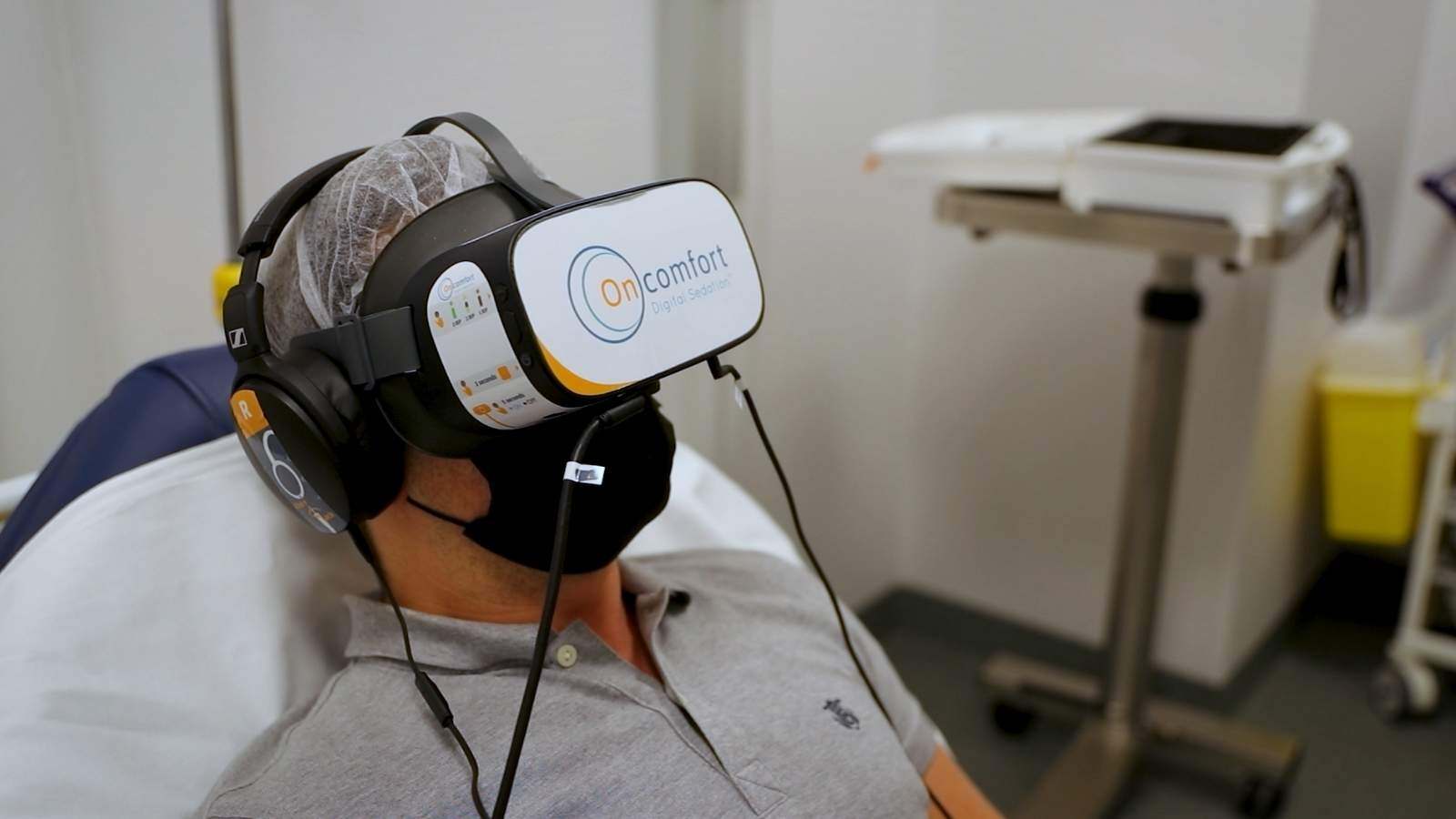Audits play a central role in ensuring regulatory compliance, product quality, and operational integrity in life sciences. But with increasing regulatory complexity and limited internal capacity, managing the full audit lifecycle in-house can be a real challenge.
This blog explores how a smarter, risk-based approach to audit planning and management can improve outcomes, increase efficiency, and strengthen compliance. We’ll also explore when and why outsourcing audit activities can be a smart, strategic decision for life sciences teams.
A structured approach to audits in life sciences
1. Audit Planning: building a risk-based foundation
Every successful audit begins long before any checklists are reviewed. Audit planning should align with your organization’s regulatory obligations, internal quality goals, and product lifecycle phase.
Key elements of strong audit planning include:
- Defining audit scope and objectives based on risk
- Selecting the right standards and frameworks (e.g. GMP, GLP, ISO 13485, MDR/IVDR)
- Assigning responsibilities and timelines
- Preparing tools such as audit plans, schedules, and checklists
- Aligning audit priorities with QMS indicators or prior findings
A proactive planning phase reduces the risk of surprises — and ensures audits provide actionable insights, not just documentation.
For example: A GMP audit in a pharmaceutical facility may focus on production batch records, equipment calibration logs, and deviation handling procedures.
Tip: Communicating audit objectives and expectations to involved departments in advance helps reduce friction and improves preparedness.
Use previous audit outcomes and QMS data to focus efforts on high-risk areas or recurring issues—this ensures your audit effort delivers maximum value with minimal waste.
2. Audit Execution: managing process and performance
Once underway, audits require careful coordination to ensure completeness, traceability, and objectivity.
A well-executed audit typically involves:
- A clear opening meeting and stakeholder alignment
- Structured interviews and process walkthroughs
- Review of critical documents and records
- Identification of non-conformities, observations, and best practices
- A debriefing session to summarize the findings
Execution typically includes reviewing SOPs, interviewing personnel at different levels, and observing operations in real time. Auditors may, for instance, observe how line operators conduct cleaning validations or how investigators handle clinical trial documentation.
Whether internal or external, audits should focus on detecting non-compliance, understanding root causes, and identifying opportunities for improvement across departments, systems, and processes.
Tip: Involve cross-functional audit teams or subject matter experts to gain broader insight. Coaching high-risk departments beforehand can also improve audit readiness and foster transparency.
Balanced reporting of both strengths and weaknesses improves internal trust and supports meaningful change.
3. Post-audit follow-up: from findings to improvement
The true value of an audit lies in what happens next. Once findings are documented, timely and transparent follow-up is essential to maintain compliance and momentum.
This includes:
- Drafting and finalizing the audit report
- Initiating corrective and preventive actions (CAPAs)
- Tracking resolution deadlines and verifying implementation
- Integrating outcomes into your QMS for traceability
- Evaluating trends across multiple audits to identify systemic issues
CAPAs should include both corrective actions (e.g., retraining after a deviation) and preventive actions (e.g., updating SOPs or procedures to prevent recurrence).
Follow-up audits or monitoring activities help verify that improvements are sustained over time, reinforcing a culture of continuous improvement.
Tip: Use audit trends to drive updates to SOPs, training programs, or KPIs. Turn findings into business improvements—not just documentation.
When (and why) to consider outsourcing audits
While many life sciences organizations manage audits internally, outsourcing can offer important benefits—particularly in fast-paced or resource-limited environments.
Here’s when outsourcing may be valuable:
Access to specialized expertise
External auditors bring deep experience across regulatory areas and product types. From clinical research audits to supplier qualification and manufacturing assessments, external support ensures access to the right knowledge—when and where you need it.
Scalability and flexibility
As your organization grows or enters new markets, audit demands can spike. External support offers the flexibility to scale without overextending your internal QA team. This is especially useful during:
- Clinical trial expansions
- Regulatory submissions
- Facility validations or inspections
- Supplier onboarding or audits across regions
Consider hybrid audit models—use internal audits for low-risk processes, and bring in external experts for high-risk or highly regulated areas.
Objective and unbiased perspectives
Third-party auditors can deliver neutral, independent assessments free from internal influence. This supports greater transparency and often uncovers improvement areas that may be overlooked internally.
Global coverage and round-the-clock availability
For companies operating across time zones or relying on international suppliers, external audit support enables faster turnaround, remote audit coverage, and 24/7 availability when needed.
How QbD supports audit management in life sciences
At QbD Group, our QA division provides specialized audit planning, execution, and follow-up services tailored to the life sciences industry.
Whether you're managing internal audits, supplier audits, or preparing for inspections, our team offers:
- GxP expertise across pharma, biotech, medtech, and IVD
- Scalable resources for local or global audit coverage
- Objective evaluations grounded in industry standards
- End-to-end support, from audit prep to CAPA follow-up
By outsourcing audit activities to QbD Group, you can optimize resources, reduce risk, and enhance inspection readiness—without compromising quality.
Need support with your next audit? Talk to our QA experts about how we can help you strengthen compliance and drive operational improvement.
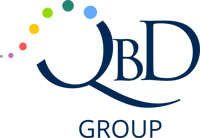

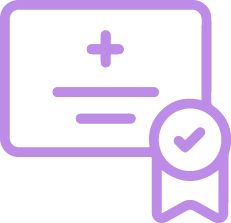


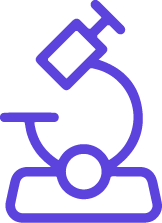
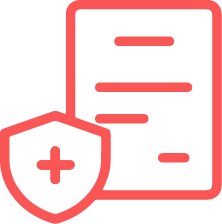













.png)

.jpg)
